Our beautiful young woman, richly dressed and with an exuberant hairstyle, is ready to pose under the artist's brush. This way of capturing light and playing with materials irrevocably recalls the world of the Dutch genius of the Golden Age. Moreover, the luxurious costume recalls Rembrandt's mania for adorning his characters in oriental costumes. Thus, our model wears an embroidered satin dress topped with a blue velvet coat trimmed with fur, and her hairstyle, probably that of an imaginary princess from the Far East, is extremely complex: her hair is pulled back to form a chignon tied with a scarf embroidered with gold thread, and the crown of her head is encircled by a tiara set with red stones and topped with an aigrette. The headdress is reminiscent of Esther's in Rembrandt's "Esther and Haman before Ahasuerus," held at the Pushkin Museum in Moscow.
Finally, the decision to capture the beautiful lady in profile, rather than a three-quarter face, as the conventions of the time dictated, harks back to a certain penchant of the Dutch master of chiaroscuro to draw on representations observed in the frescoes and bas-reliefs of Antiquity. Thus, we note a few portraits of women in profile painted by Rembrandt: his wife Saskia van Uylenburgh in 1642 (Gemälde Galerie Altemeister Kassel), Flora in 1654 (MET New York), and Bathsheba Bathing in 1654 (Musée du Louvre Paris). With these obvious influences noted, our research leads us to believe that the artist of this delightful portrait could belong to the second generation of Rembrandt's students (in the 1640s), such as Samuel Dirksz van Hoogstraten (1627-1678), Carel Fabritius (1622-1654), or Jan Victors (1619-c. 1676-1677).
Our portrait is enhanced by its delicate Louis XIV carved and gilded wood frame.
Dimensions: 18.8 x 13.8 cm panel – 25 x 20.5 cm with frame.
Rembrandt is the epitome of the authentically modern painter, and among his famous admirers, we recall what Charles Baudelaire said: "Each of the masters has his kingdom, his prerogative... Raphael has the form, Rubens and Veronese the color, Rubens and Michelangelo the imagination of drawing." A portion of the empire remained, where Rembrandt alone had made excursions..."
Biography:
Rembrandt Harmensz van Rijn (Leiden, July 5, 1606 – Amsterdam, October 4, 1669) was the son of a wealthy miller and the youngest of ten children, of whom only seven are known. After attending the prestigious Latin School in Leiden, he apprenticed with Jacob Isaacsz van Swanenburgh between 1622 and 1624. He then spent six months in Amsterdam in the studio of Pieter Lastman. At the age of just 19, he returned to Leiden and opened a studio with Jan Lievens, where he painted history paintings in which Lastman's influence is evident, notably in his Stoning of Saint Stephen (1625, Musée des Beaux-Arts de Lyon) and his Palamedes before Agamemnon (1626, Stedelijk Museum de Lakenhal). At the same time, he devoted himself to studies of physiognomies, which gave rise to numerous self-portraits, and he produced engravings and etchings. In 1628, the secretary of Stadtholder Frederick Henry of Orange-Nassau, Constantijn Huygens, visited Leiden and took an interest in Rembrandt. From then on, commissions poured in, and even the British crown purchased two of his works. Rembrandt's move to Amsterdam marked a turning point. In 1632, Frederick Henry bought several paintings from him and commissioned a Passion cycle. The surgeon Nicolaes Tulp commissioned a group portrait from him, which would become the famous Anatomy Lesson of Doctor Tulp. That year, Rembrandt painted 30 paintings! Two years later, he married Saskia, daughter of a wealthy Amsterdammer. A past master of the Guild of Saint Luke, he had eight students in his studio, including Ferdinand Bol and Govert Flinck. In the years that followed, Rembrandt painted a series of portraits of Saskia, including the famous Prodigal Son at the Inn or Rembrandt and Saskia in the Parable of the Prodigal Son (Gemäldegalerie Alte Meister Dresden). In 1642, he completed The Night Watch, and Saskia died on June 14. He produced one of his most famous engravings, The Hundred Florin Piece, of which the Petit Palais (Museum of Fine Arts of the City of Paris) has a very rare first edition.
Bibliography:
- BLANC, Jan, Rembrandt, Citadelles etMazenod, 2023
- VAN LEEUWEN, Rudie, Rembrandt tout l’œuvrepeint, Taschen, 2019
- SCHWARTZ, Gary, Rembrandt, Flammarion, 2006
- MANUTH, Volker et DE WINKEL, Marieke, Rembrandtles autoportraits, Taschen, 2019,
- BOCKEMÜHL, Michael, Rembrandt, Taschen, 1992


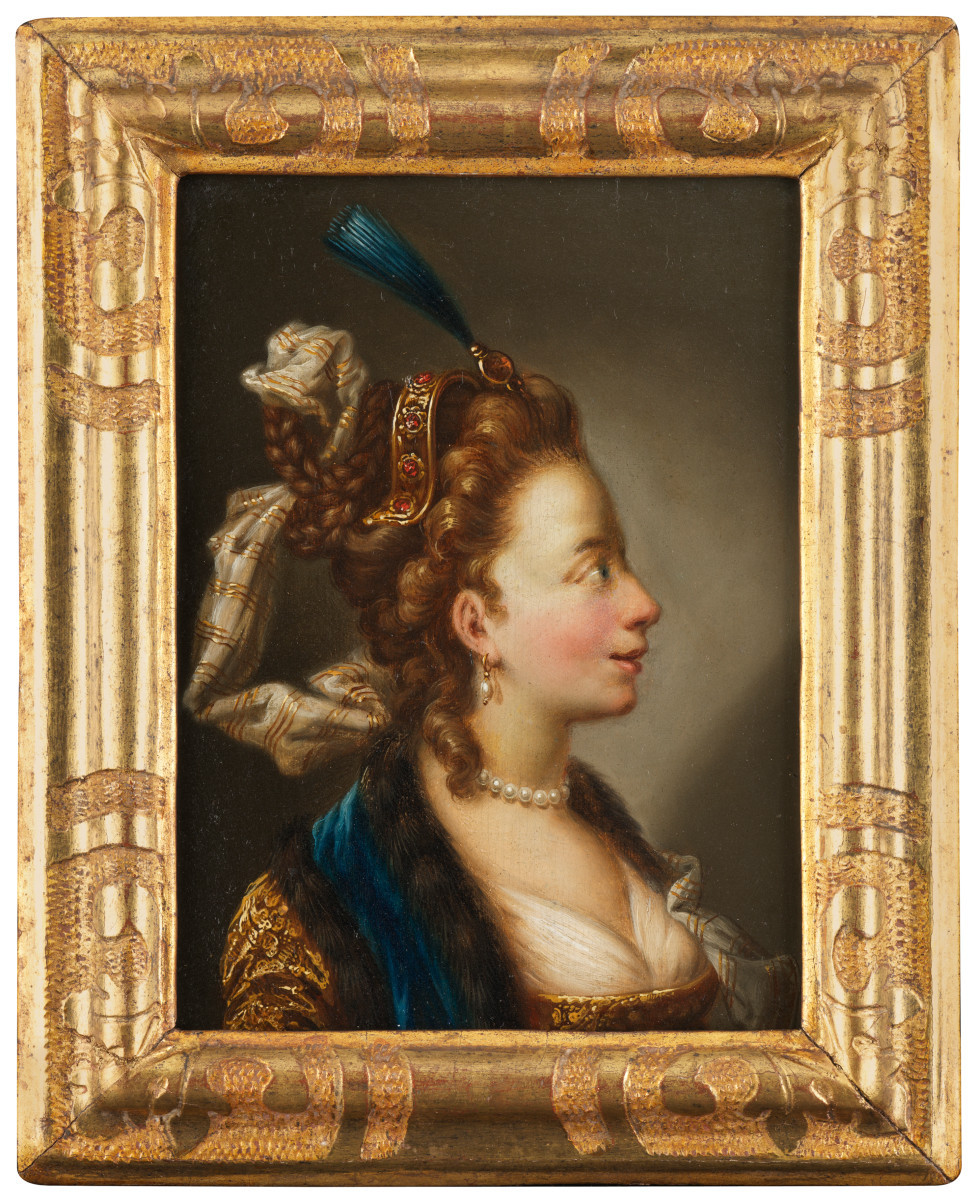

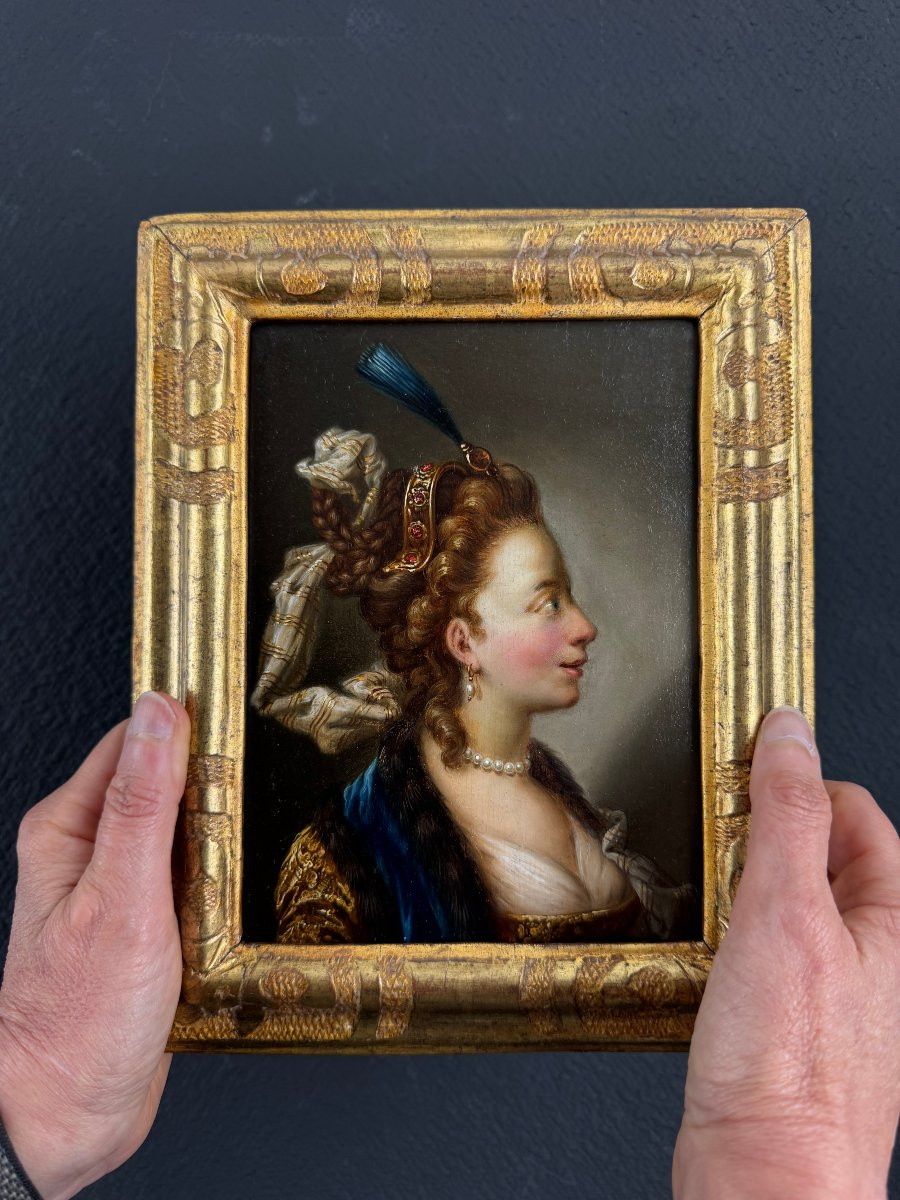










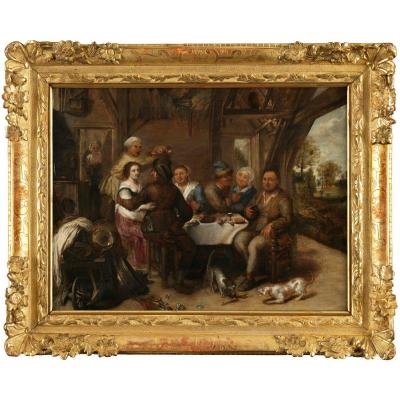

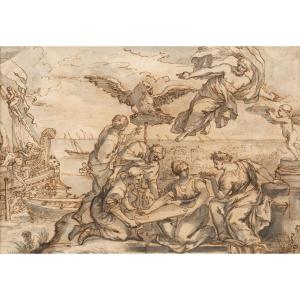
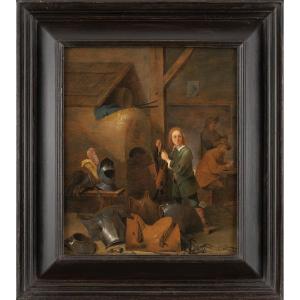





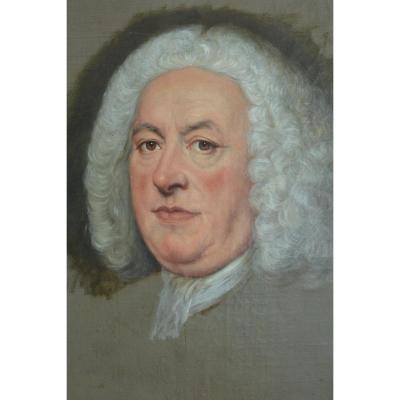

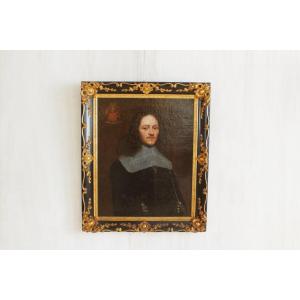
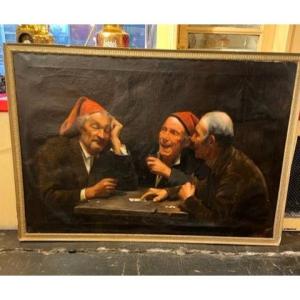




 Le Magazine de PROANTIC
Le Magazine de PROANTIC TRÉSORS Magazine
TRÉSORS Magazine Rivista Artiquariato
Rivista Artiquariato